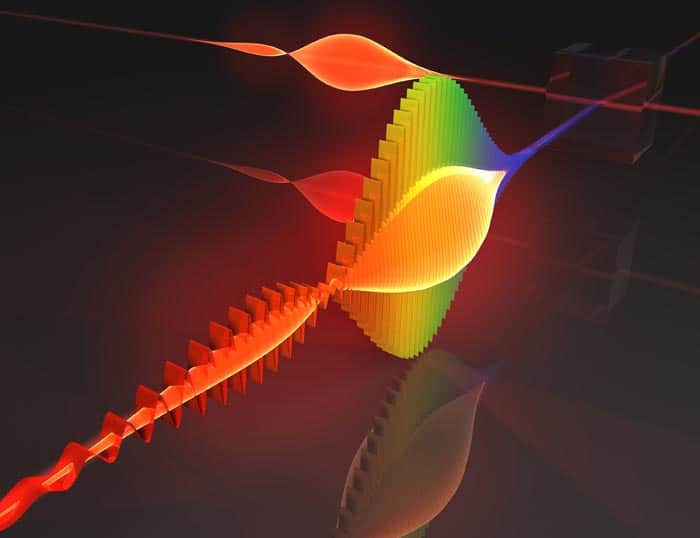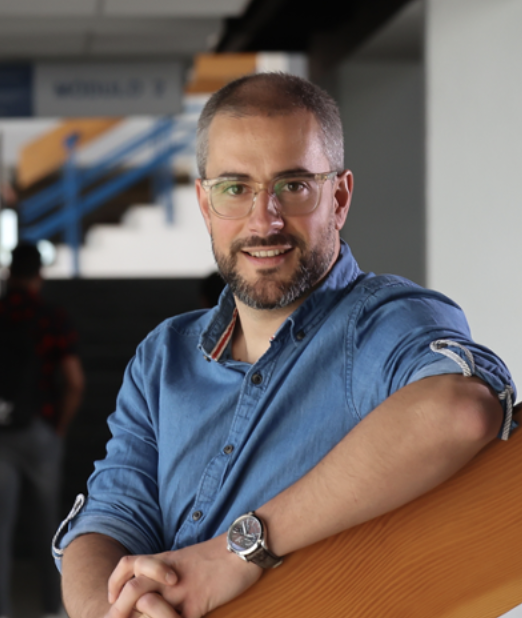Febrero 2, 2024
10:00 am
Generation of superposition and entanglement in the photon-number basis with solid-state quantum devices

Where and when
Date
Febrero 2, 2024
10:00 am
Location
University of Valencia Science Park Seminar Room SS6
Featured speakers

Prof. Carlos Antón Solanas
Dep. Física de Materiales, INC, IFIMAC, Universidad Autónoma de Madrid, Spain
Read bio
Carlos Antón Solanas is an experimental physicist specialised quantum optics in the solid-state. He obtained is PhD in 2015 under the direction of Prof. L Viña (Universidad Autónoma de Madrid), on the applications and fundamental properties of exciton-polaritons. Between 2015-19, he pursued a postdoctoral stage in the group of Pascale Senellart (Center of Nanoscience and Nanotechnology, Saclay), researching on quantum photonics with semiconductor quantum dots coupled to micropillar cavities. He continued with a postdoc in the group of Christian Schneider, first in Wuerzburg (2019-2020) and then in Oldenburg (2020-22). During this time, he researched on two-dimensional materials with applications in polaritonics and single photon emitters. Back in Spain since February 2022, Carlos holds an «Atraccion de Talento» position at the UAM, focusing his studies on quantum materials for quantum optical applications.
Recent technological progress on semiconductor quantum dot devices, coupled to cavities (monolithic [1,2] and open cavities [3]), has demonstrated record values of single-photon brightness (probability of generating a single-photon per excitation trigger), purity (suppression of emitted multi-photon components) and indistinguishability (degree of identicality among the emitted single-photons). This new generation of quantum photonic sources have unlocked the observation of fundamental phenomena: superposition and entanglement with photons are core properties for the implementation of quantum networks and quantum computation.
In this talk, first, I will discuss experimental results showing that the resonant laser driving of a quantum dot allows to deterministically control the coherent superposition in the photon number basis, yielding the states alpha|0>+beta|1> , where |0> and |1> are vacuum and single-photon states, and alpha and beta coefficients can be controlled via the laser intensity [4].
In the second part of the talk, I will show recent experiments showing that two delayed, resonant laser pulses, exciting a quantum dot, deliver deterministic time-entanglement in the photon number basis, producing an entangled state alpha|00>+beta|11> [5]. The generation of such photon entanglement is rooted to the atomic spontaneous emission mechanism, and it is scalable towards multi-partite entanglement simply by adding more consecutive laser pulses.
Figure 1. Schematic representation of the double «pi» pulse excitation on a two-level system.
[1] N. Somaschi, et al., Nature Photonics 10, 340 (2016).
[2] X. Ding, et al., Phys. Rev. Lett. 116, 020401 (2016).
[3] N. Tomm, et al., Nat. Nanotechnol. 16, 399 (2021).
[4] J. C. Loredo, C. Antón, et al., Nat. Photonics 13, 803 (2019).
[5] S. C. Wein, et al., Nat. Photonics16, 374 (2022).

